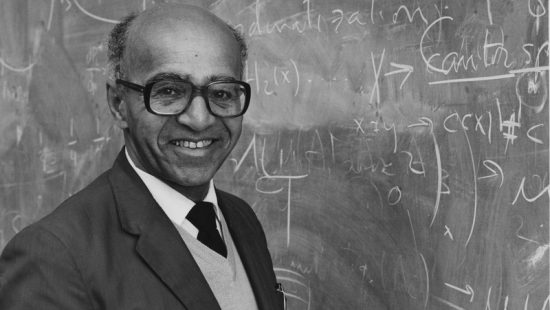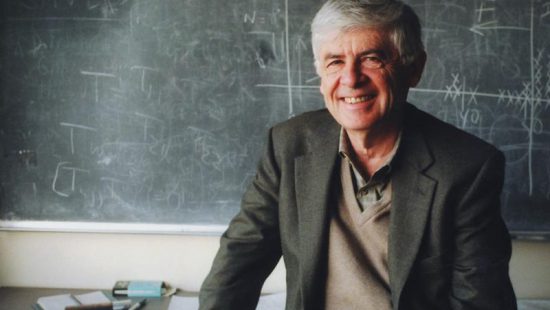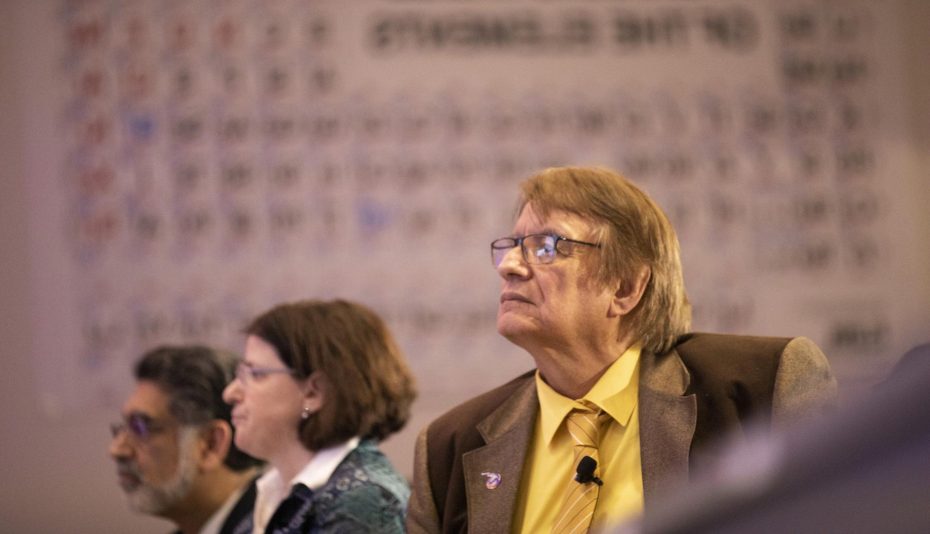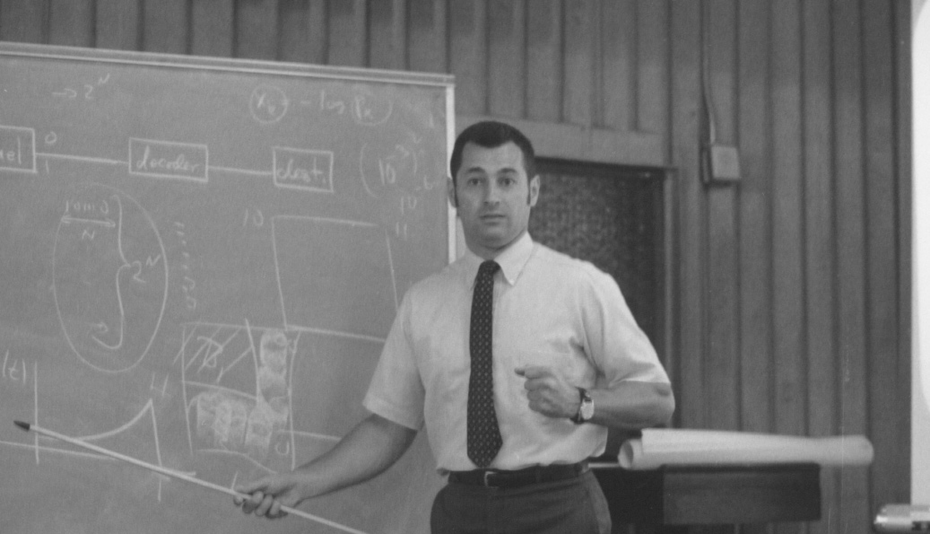There are 36 possible numerical combinations that can result from tossing a pair of dice. The list of combinations – called the “sample space” – can be modified to form “events” that meet certain criteria. For example, rolling a pair of dice whose sum is five occurs four times in the sample space, creating a one in nine chance.
Of course, these basic tenants of probability theory – the life’s work of William Feller – are merely odds, not guaranteed to be accurate when the dice are actually rolled.
If they were, lotteries and casinos might be out of business.
“The painful experience of many gamblers has taught us the lesson that no system of betting is successful in improving the gambler’s chances,” Feller wrote in his book, “An Introduction to Probability Theory and Its Applications.”
The work, which introduced probability as a mainstream branch of mathematics education, has been called “the most successful treatise on probability ever written.”






